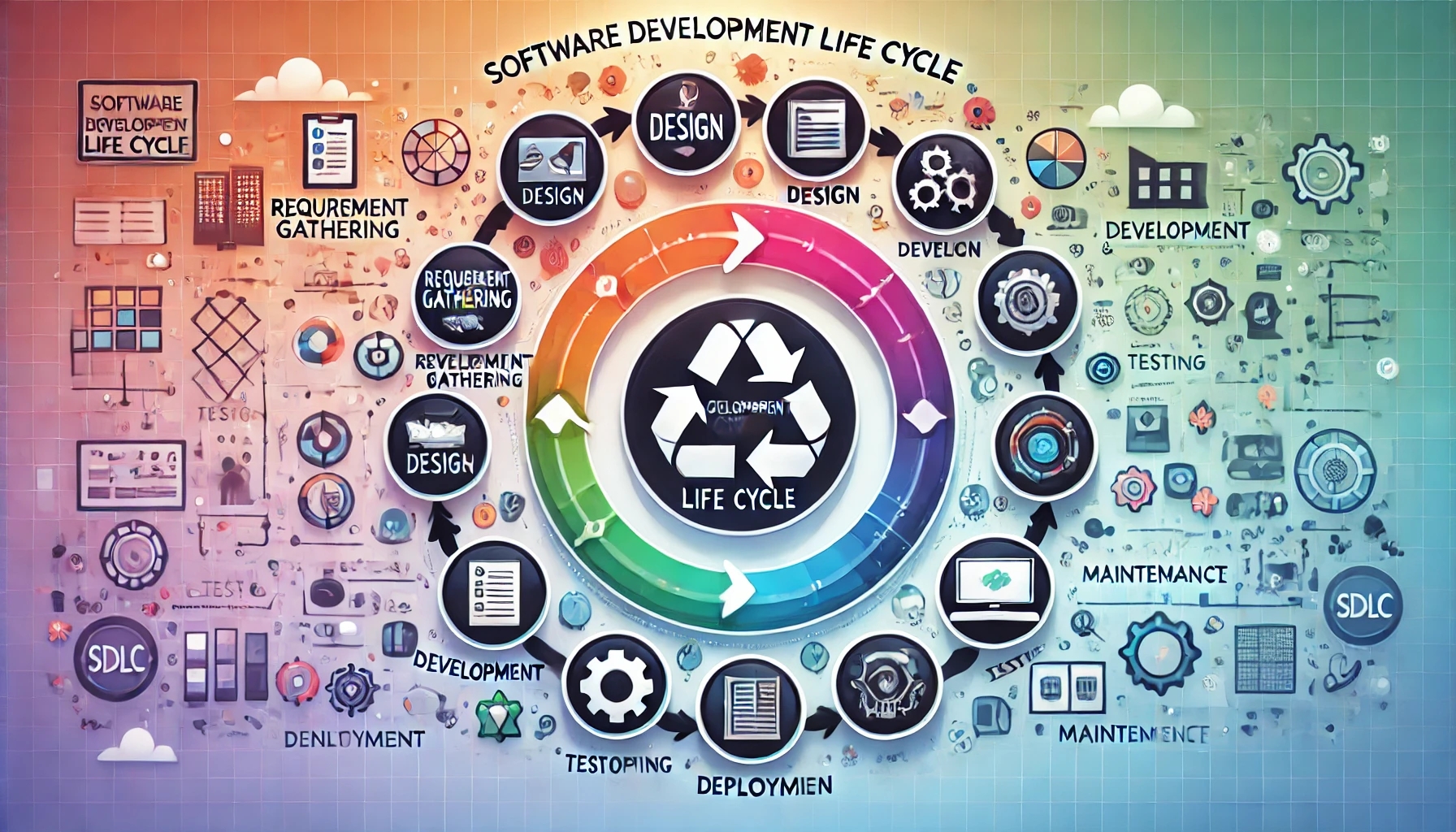How Does Google Ads Work? Everything You Need to Know in 2025
-
Learn how Google Ads works in 2025 and why it remains a top digital marketing channel.
-
Discover the key components: auctions, bidding, targeting, and Quality Score.
-
Understand different ad formats (Search, Display, Video, Shopping) and when to use them.
-
Get practical tips to optimize campaigns for clicks, conversions, and ROI.
Last Update: 25 Aug 2025

You have recently opened a small online retail fashion store, and your sales are at zero. You’ve poured hours into perfecting the website, worked hard on SEO, and posted endlessly on social media… but sales are still at zero.
That's frustrating, right?
With 70% of shoppers starting their journey on Google, your silence screams lost opportunity.
After that you learned about paid advertising. It’s like a magic tool to get visibility for some bucks.
With curiosity, you open a Google Ads account, set a payment method, and then you run an ad and get no result.
Then the burning question arises: "How Does Google Ads Work?”
- You don’t know how to optimize it.
- You don’t have a budget for advertising.
The main problem here is lack of knowledge.
You need to understand how Google works (and how to make it work for your business).
In this guide, we’ll break down exactly how Google Ads works in 2025 and how you can make it a powerful sales engine for your business.
Let's dive in.
What is Google Ads?
Google Ads is Google’s advertising platform that lets businesses display ads across Search, YouTube, Maps, and millions of partner sites.
Its goal is simple: connect you with customers actively searching for your products or services while driving traffic and conversions fast.
From eCommerce brands launching new products to local cafes attracting nearby customers, Google Ads works for businesses of all sizes.
It’s ideal for
- Testing markets
- Boosting seasonal sales
- Running targeted campaigns with precision.
Unlike SEO, which takes months to build, Google Ads delivers instant visibility—your ad can appear at the top of Google results the moment you launch.
Now that you’ve grasped what Google Ads offers, let’s explore why it remains the leader in 2025.
Why Google Ads Still Dominates in 2025
Google Ads holds a 39% market share in 2025, far ahead of Meta (18%) and Amazon (7%). Its massive network reaches over 90% of internet users worldwide, making it the go-to platform for global visibility.
Advertisers value its precision—targeting by audience, location, and intent—while tracking every cost for measurable ROI. In 2025, AI and automation take it further: smart bidding and responsive ads use machine learning to optimize campaigns, save time, and improve results.
With its dominance clear, let’s dive into the core process powering Google Ads.
How Google Ads Works: The Core Process
Google Ads guides users from awareness to purchase through a streamlined system.
Here 's the core system:
1. Keyword Targeting
Campaigners select the keywords that they want their ads displayed for.
2. Auction Trigger
When a user searches for a keyword, Google's system identifies eligible ads for it.
3. Ad Rank Calculation
Google calculates an "Ad Rank" for each eligible ad considering major factors like the bid amount and the ad's quality.
4. Ad Placement
Ads are then displayed in order of their "Ad Rank." The highest ranking ads appear at the top of the search results page.
5. Payment
Advertisers only pay when a user clicks on their ad (PPC).
6. Relevance is Key
Firstly, Google identifies ad relevancy to ensure a positive user experience and maintain user confidence in the platform.
Clicking your ad leads to your site, where a compelling offer can convert visitors. Tracking tools refine your strategy over time.
Grasping the core process lays the foundation—then, observe how Google selects your ad.
How Does Google Choose Which Ad to Show?
The Ad Auction System
Google runs real-time auctions per search. You bid on keywords, but it’s not just the highest bid—relevance plays a huge role.
Quality Score Explained
Your ad’s relevance, landing page experience, and expected click-through rate (CTR) form a Quality Score (1–10). Scores of 7–10 lower costs and boost placement; 1–3 hurt performance.
How Bidding Works
Set a maximum CPC bid (e.g., $2 for retail). Google adjusts based on competition, but smart tactics keep costs down while securing top spots.
Ad Rank: What Determines Your Position
Ad Rank blends your bid, Quality Score, and extensions. Higher ranks grab attention first—key for conversions.
With ad selection demystified, let’s organize your campaign structure.
Google Ads Campaign Structure
Campaign → Ad Group → Ads
Consider campaigns as your ultimate goals, like “Winter or Summer Sale”; ad groups as categories like coats or half-sleeves; and ads as the specific messages. This hierarchy keeps everything organized and targeted.
Keywords, Match Types
To control who sees your ads, choose keywords such as "winter coats/summer t-shirts" and use match types—broad, phrase, or exact. For exact match use, "winter coats" gives you more options, while broad match lets you reach more people.
Landing Pages and Ad Relevance
Your ad should link to a related landing page with your "coat sale page or t-shirt page," not your homepage. Relevancy improves Quality Score and helps to keep users engaged.
With a solid structure in place, let’s explore the ad formats available.
Ad Formats & Types
Search Ads
Text ads like “Buy Dresses Now—20% Off!” target intent-driven searches.
Display Ads
Visual banners on partner sites build brand awareness.
Video Ads
Skippable 6-second YouTube promos showcase products.
Shopping Ads
Image-rich listings suit e-commerce, enhancing visibility.
App Promotion Ads
Target app downloads across Google’s network.
Responsive & Smart Ads
AI optimizes headlines and images for devices.
With ad types covered, let’s walk through setting up your campaign.
Setting Up a Campaign
By following five easy steps you are able to set up a campaign. Here it is:
1. Account Setup
First you have to sign up at ads.google.com, add payment details, and link your website. It’s quick and sets the stage for success.
2. Choosing Goals & Campaign Type
Select an advertising goal, which one you want to drive, such as sales, leads, or traffic, and select a campaign type (Search, Display, etc.).
3. Setting Budget & Bidding Strategy
Start with a $10–$50 daily budget. Choose manual CPC for control or Smart Bidding for AI optimization—test both to see what fits.
4. Writing Compelling Ad Copy
Use a strong headline such as "Stay Warm in Style—30% Off Now!" also with a strong call-to-action (CTA)—"Shop Now." Keep the copy short and benefit-focused.
5. Tracking Performance with Conversions & UTM
Set up conversion tracking to measure your sales or user sign-ups. Next, you should implement UTM parameters (utm_source=google) in Google Analytics to discover deeper insights.
Campaign setup complete, let’s leverage AI with Smart Bidding.
Smart Bidding and AI in Google Ads
Smart Bidding uses AI to adjust bids in real-time, targeting conversions or CPA. It analyzes location, device, and time, boasting 30% efficiency over manual methods per Google’s 2025 updates.
Use it for data-rich campaigns; manual bidding suits niche efforts. Test both for optimal results.
Smart Bidding enhances efficiency—next, master your budget.
Budgeting & Cost Breakdown
We know cost is a major factor for ad runs. Your ad costs depend on the industry and selected keywords that are legal.
CPC Benchmarks by Industry (2025 Data)
- Retail: $1–$2
- Technology: $3–$5
- Legal: $10–$15
{Note: Set your daily limits and monitor spending weekly. Pause underperforming ads to reallocate funds effectively.}
With budgeting sorted, let’s measure your success.
How to Measure Success
Tracking performance is key to further improving your campaigns. Keep these metrics in your mind:
- CTR: Measures ad clicks vs. impressions (aim for 2%+).
- CPC: Tracks cost per click (compare to benchmarks).
- CPA: Cost per conversion (lower is better).
- ROAS: Return on ad spend (target 4:1 or higher).
Google Ads Dashboard & GA4 Integration
Use the dashboard for real-time insights; connect GA4 to track post-click behavior.
A/B Testing to Improve Performance
Test two ad versions (e.g., “Save 20%” vs. “20% Off Now”) for a week to identify winners.
With success tracking in hand, avoid these common pitfalls.
Common Mistakes to Avoid
There are four major common mistakes that you have to avoid to gain better output.
1. Wrong Keyword Match Types
Broad match can increase your cost on clicks that don't matter. For accuracy, use exact or phrase matches.
2. Neglecting Negative Keywords
Add “free” as a negative keyword to avoid non-paying traffic. It saves money and improves targeting.
3. Ignoring Landing Page Quality
A slow or irrelevant page reduces the Quality Score. Optimize for page speed and relevance to keep users engaged.
4. Over-Automating Without Review
AI is powerful, but manual checks prevent overspending. Review your campaigns weekly in 2025’s fast-paced market.
Avoiding mistakes strengthens your strategy—now compare with other channels.
Google Ads vs. Other Paid Channels
Google excels in search intent; Meta targets social engagement, LinkedIn suits B2B. Google’s 90% reach beats niche precision elsewhere.
When to Use
Use Google for product searches, Meta for awareness, LinkedIn for leads. Combine for full-funnel impact.
Best Multi-Platform Strategies
Run Google Ads for conversions, paired with Meta remarketing. Test LinkedIn for high-value B2B leads in 2025.
Conclusion
How Google Ads Works is no longer a mystery—it’s a proven system to drive traffic, leads, and sales in 2025.
From its powerful ad auctions to AI-driven optimizations, it offers success for every business size to achieve their goal. Start small, experiment with a $50 budget, and tweak based on data to see real results.
Are you ready to enhance your business? Set up your first Google Ads campaign with us today.
Frequently Asked Questions
Trendingblogs
Get the best of our content straight to your inbox!
By submitting, you agree to our privacy policy.










